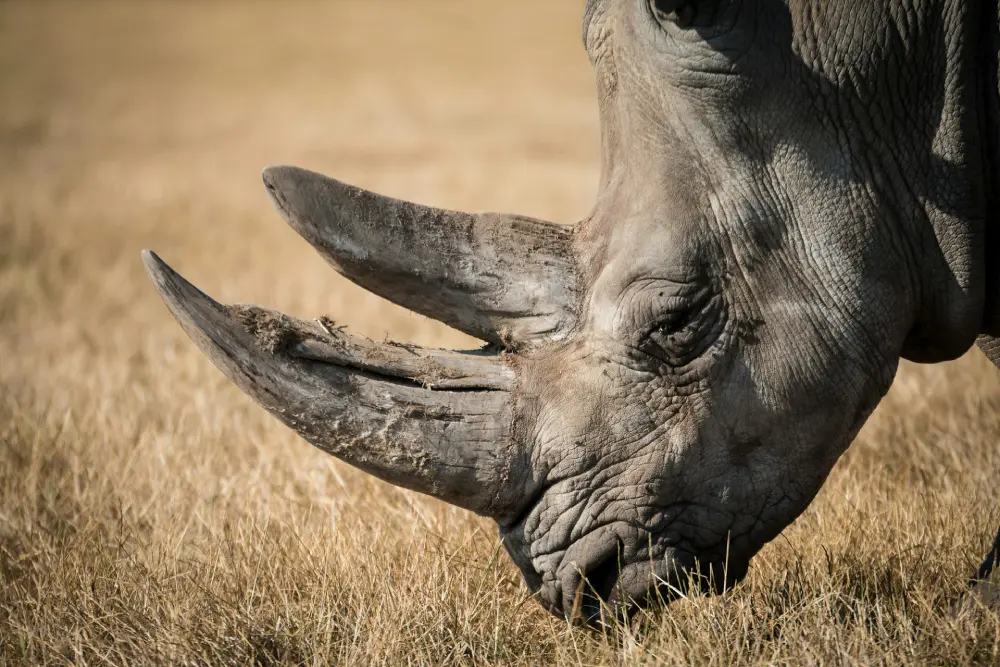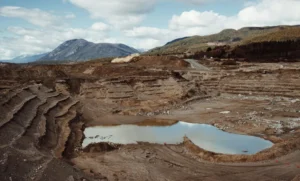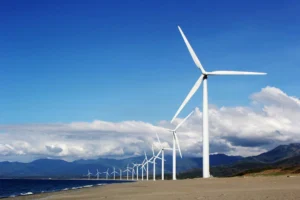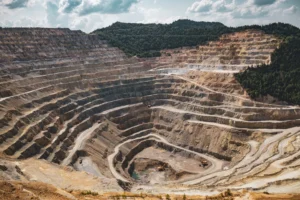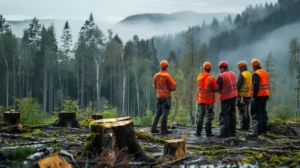One of the critical efforts in the protection of our world’s remarkable biodiversity is wildlife conservation. Habitat fragmentation and resource depletion, associated with much of humanity’s daily activity, threaten the survival of countless species. With wildlife conservation, critical species and their ecosystems are protected, and thus the balance of nature is sustained.
Understanding the goals of wildlife conservation shows people why these efforts matter and how one can contribute to their success.
The Main Goal of Wildlife Conservation

The fundamental goals of wildlife conservation extend far beyond simply protecting animals. Here’s what wildlife management actually aims to accomplish:
Preserve Earth's Delicate Balance
Every species plays a crucial role in their ecosystem, from pollinating plants to controlling pest populations. Through sustainable wildlife management, we maintain these vital ecological relationships.
Protect Genetic Diversity
Species conservation ensures we maintain a rich gene pool, crucial for the resilience and adaptability of life on Earth.
Safeguard Human Resources
Many of our medicines, foods, and materials come from nature. Wildlife preservation protects these invaluable resources for future.
Current Challenges in Animal Conservation
Our wildlife faces severe threats that make ecosystem conservation more crucial than ever:
Habitat Loss
Urban expansion and deforestation are rapidly destroying natural spaces, making habitat protection our top priority.
Rising temperatures and changing weather patterns affect wildlife rehabilitation efforts worldwide.
Human Conflict
Increasing human-wildlife interactions create new challenges for wildlife management strategies.
Key Strategies in Wildlife Preservation

Modern biodiversity conservation employs various approaches to protect our natural heritage:
1. Direct Protection Measures
- Creating protected wilderness areas
- Implementing anti-poaching programs
- Establishing wildlife rehabilitation centers
- Monitoring endangered species populations
2. Habitat Protection Initiatives
- Restoring damaged ecosystems
- Creating wildlife corridors
- Protecting breeding grounds
- Managing invasive species
3. Sustainable Wildlife Management Programs
- Developing community-based conservation projects
- Implementing scientific research programs
- Creating sustainable resource use policies
Innovation in Species Conservation
Modern technology is reforming how we approach wildlife preservation:
Satellite Tracking:
Monitors animal movements and identifies critical habitats
DNA Analysis:
Helps understand genetic diversity and population health
Artificial Intelligence:
Assists in animal identification and population counting
Drone Technology:
Aids in habitat protection and anti-poaching efforts
Support Wildlife Conservation Goals
Everyone can contribute to ecosystem conservation efforts:
Individual Actions
- Support wildlife rehabilitation centers through donations or volunteering
- Choose sustainable products that don’t harm wildlife
- Educate others about biodiversity conservation
- Reduce your environmental footprint
Community Engagement
- Participate in local habitat protection initiatives
- Support sustainable wildlife management policies
- Join conservation organizations
- Share success stories about species conservation
The Future of Wildlife Preservation
The path forward in animal conservation requires:
- Innovation: Continuing to develop new conservation technologies
- Collaboration: Working across borders and communities
- Education: Spreading awareness about the importance of wildlife preservation
- Action: Taking immediate steps to protect endangered species
The Ultimate Goal
The goal of wildlife conservation is about saving particular species and preserving a fragile web of life that sustains the planet. Top-quality wildlife management and ecosystem conservation efforts are building a better biodiversity legacy for the future.
Remember that even the smallest action can make a difference when thinking of the larger picture. Supporting wildlife rehabilitation centers, pushing stronger protection laws in place that can better protect wildlife, and making environmentally conscious choices all add up.
Together, we can ensure that wildlife preservation isn’t just a goal, but a fact for the ages to come. The time to act is now – our planet’s biodiversity depends on it.
FAQ's
What is a goal of conservation?
A primary goal of conservation is to protect biodiversity and ensure the survival of species and ecosystems.
What is the career goal wildlife conservationist?
The career goal of a wildlife conservationist is to protect wildlife and their habitats. They work to conserve biodiversity and ensure the survival of endangered species.
What is the goal of world wildlife?
The goal of world wildlife is to survive and reproduce.
